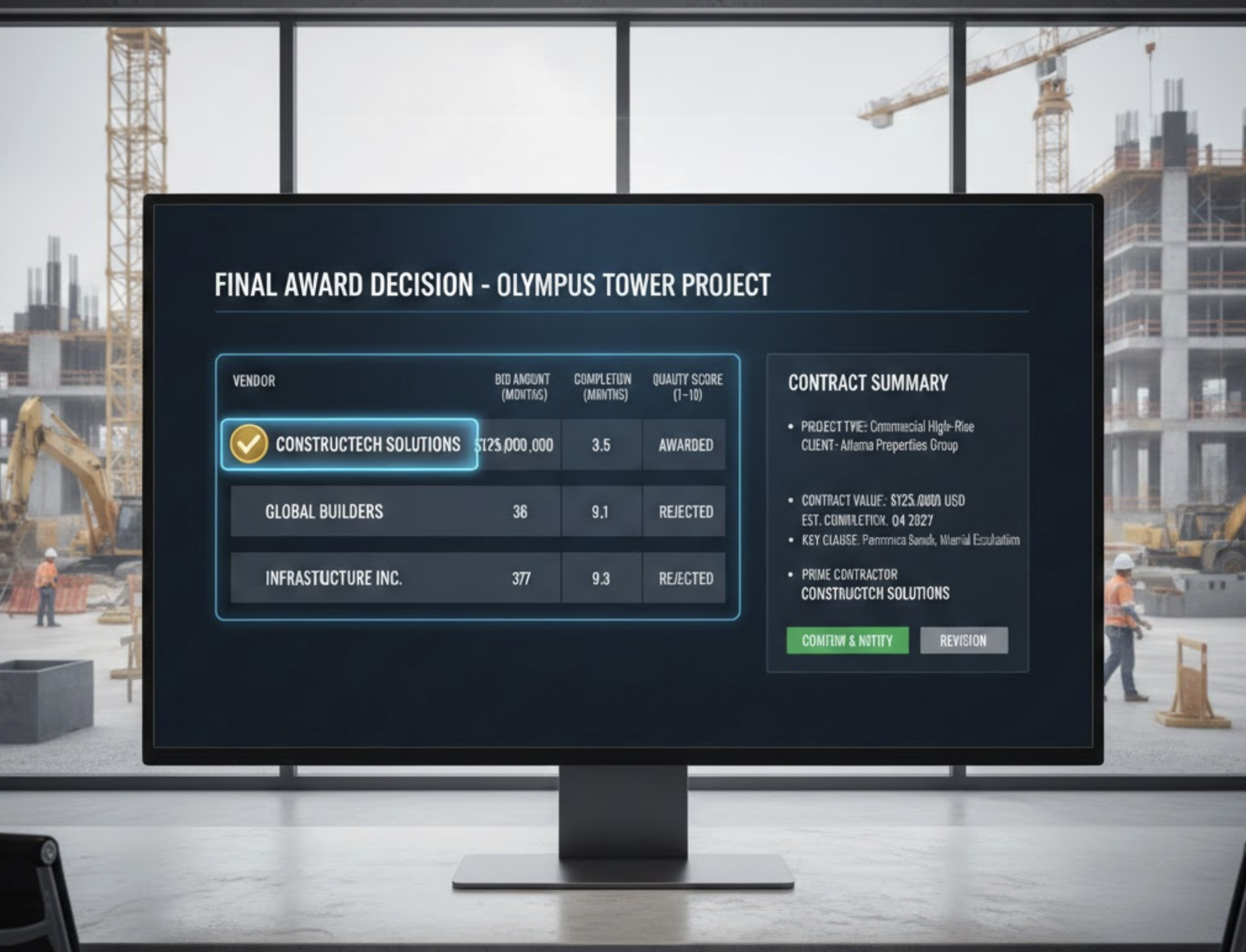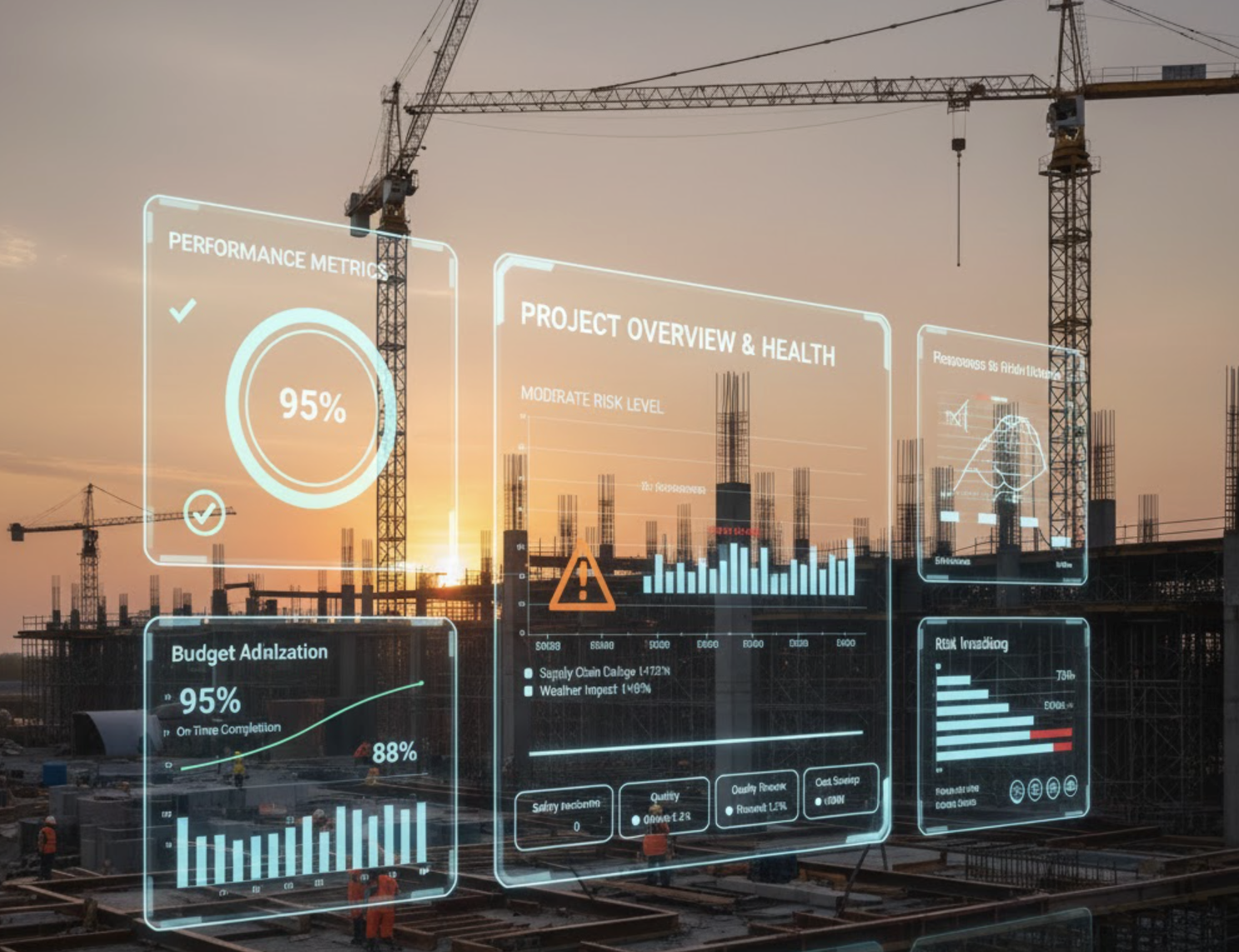The Disconnect Between Site Teams and Consultants: Fixing the Feedback Loop
In the construction industry, effective communication is critical for the success of projects. However, a prevalent issue is the disconnect between site teams and consultants. This disconnect often results in delays, misunderstandings, and inefficiencies that can derail even the best-planned projects. Understanding the barriers to effective communication and implementing strategies to overcome these challenges can greatly enhance project outcomes. This blog will explore common barriers to effective communication, strategies to overcome them, and how Zepth’s construction management solutions can help bridge the gap.
Common Barriers to Effective Communication
A myriad of factors contributes to the communication disconnect between site teams and consultants, including:
Lack of Clarity and Ambiguity
One of the primary barriers is the lack of clarity in communication, which often stems from ambiguous messages and poorly defined roles. This can lead to misunderstandings and misinterpretations. For instance, if a consultant issues vague directives, site teams might misinterpret them, leading to rework and delays.
Language and Cultural Barriers
Differences in language and cultural backgrounds can significantly hinder effective communication between the teams. The challenges posed by geographical distances further exacerbate these issues, making it difficult for teams to engage meaningfully.
Work Environment and Attitudes
The work environment, along with individuals’ attitudes and emotional states, can impact how messages are conveyed and received. In high-stress situations, communication tends to break down, resulting in further confusion and errors.
Time Zone and Geography
For teams spread across different time zones or locations, real-time communication poses a challenge. This geographical separation can delay feedback and decision-making processes, affecting overall project timelines.
Strategies to Overcome Communication Barriers
Addressing these communication barriers requires a combination of active listening, transparent communication, and appropriate technological tools. Below are effective strategies that can bridge the communication gap:
Active Listening
Encouraging active listening within teams is vital. Team leaders should model reflective listening behaviors such as summarizing what the speaker has stated and asking clarifying questions. This practice safeguards accurate message reception and fosters a respectful communication environment.
Transparent Communication
Promoting transparent communication entails openly sharing information, expectations, and feedback among team members. Regular open forums for discussions can cultivate trust and reduce misunderstandings. For example, holding bi-weekly meetings for project updates can enable team members to express thoughts and insights freely.
Managing Miscommunication and Misunderstandings
Implementing clear protocols for clarifying misconceptions is fundamental. Encouraging frequent feedback, paraphrasing arrangements, and soliciting clarification can prevent miscommunication from hampering projects.
Utilizing Technology and Tools
Incorporating communication tools that support real-time collaboration can significantly alleviate geographical and time zone challenges. Utilizing project management software, video conferencing platforms, and instant messaging applications can enhance communication efficiency.
Cultural Sensitivity and Training
Providing cultural sensitivity training is essential. In circumstances where language barriers exist, employing translators or interpreters can aid in bridging the gap between diverse teams.
Ensuring Confidentiality and Security
Many consulting firms handle sensitive client information, making the maintenance of confidentiality and security paramount. This can be achieved through encrypted communication channels, robust access controls, and regular security audits to protect project data.
Best Practices
Here are some best practices to keep the communication flowing smoothly between site teams and consultants:
- Regular Feedback Sessions: Conducting feedback sessions where team members practice active listening helps resolve misunderstandings and build a supportive communication culture.
- Clear Protocols: Establishing clear communication protocols and ensuring all team members understand their roles minimizes confusion.
- Open Forums: Regular open discussion forums promote transparency and foster a cohesive team environment.
Use Cases
Implementing integrated project communication strategies can ensure seamless communication between site teams and consultants. Examples include:
Integrated Project Communication
Consulting firms can utilize centralized project management tools for regular updates, keeping all stakeholders informed about project status, thus enhancing collaboration.
Real-Time Collaboration
Utilizing tools that enable real-time collaboration, such as video conferencing and instant messaging apps, allows site teams and consultants to communicate effectively despite geographical separations.
How Zepth Can Help
Zepth provides robust project management tools designed to enhance communication and collaboration between site teams and consultants. Here’s how Zepth can assist:
- Project Management Tools: Leverage Zepth’s advanced project management tools to integrate communications between site teams and consultants for smoother operations.
- Data Security: Discover Zepth’s focus on data security, ensuring that all communication and project data are encrypted and safeguarded, which is crucial for maintaining confidentiality and trust.
- Training and Support: Benefit from Zepth’s training and support services tailored to improve team communication skills, ensuring best practices like active listening and cultural sensitivity are adopted.
By implementing these strategies and utilizing the right tools and technologies, the disconnect between site teams and consultants can be significantly reduced. Improved communication leads to more efficient project execution and better overall outcomes, all crucial in an industry that relies on collaboration and precision.




